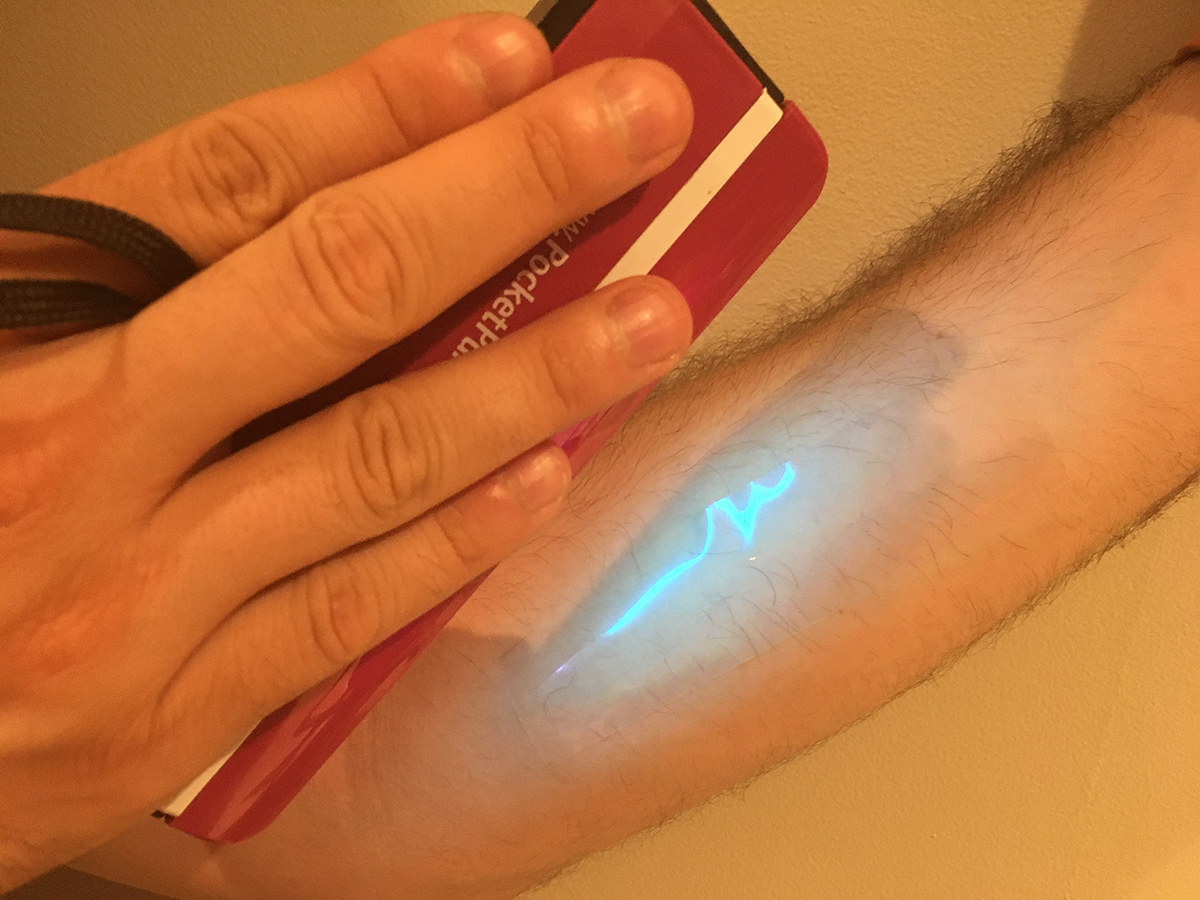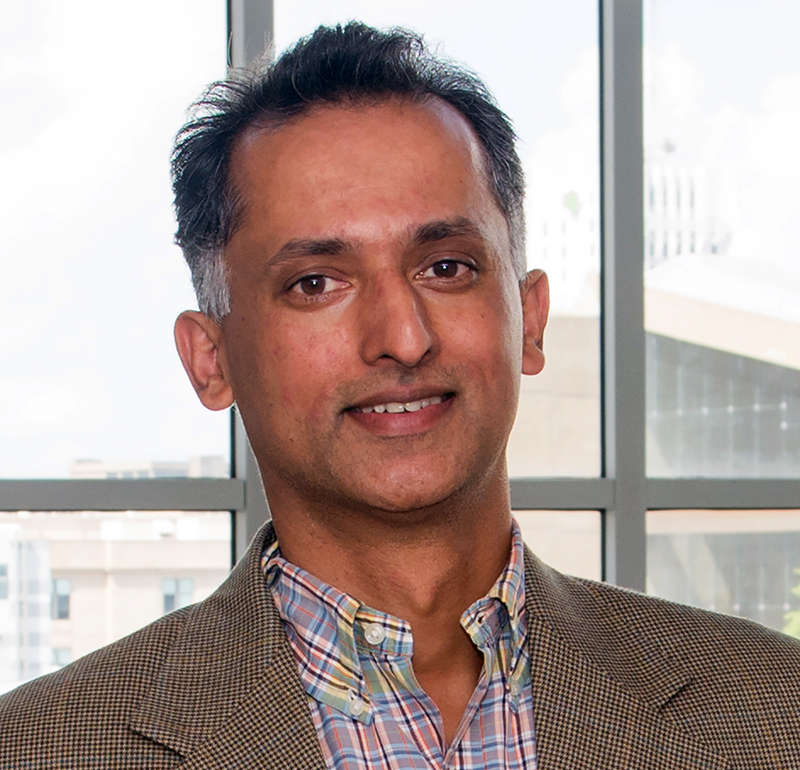Every patient dreads the pain of removing an adhesive bandage. Soon, “ripping off the bandage” to avoid pain could be a thing of the past.
Spark Fund was created to provide resources and support to develop the proof needed to transform UA technology into a validated prototype that can be licensed to a scalable startup company. In 2017, Spark Fund committed $450,000 in UARF and State of Ohio funding to five projects, all of which are to be completed by the end of 2018.

Joy’s light-releasable adhesive is intended for use in large medical bandages, like those applied during negative pressure wound therapy used to treat severe wounds such as diabetic foot ulcers and large surgical incisions. Using Spark Fund support, the adhesive was made in large batches and tested against competitive bandage products. The UA adhesive performed comparably to competitors until a specific wavelength of light, already used in other medical applications, was shone on the bandage causing it to lose 50 percent of its adhesive strength.

Dr. Abraham Joy
This reduction in adhesive strength allows for a far less painful bandage removal procedure for a patient. The UA adhesive was also subjected to cell-based tests to confirm that it is not toxic and does not cause skin irritation. With the successful results of these tests, UARF is now in the process of licensing the technology to PolyLux, an Akron-based startup company which recently raised $225,000 in funding to further develop the technology.
Four other Spark Fund projects are also ongoing — a surface coating to resist wear and friction used in mechanical applications, an impact protection technology for football helmets that was inspired by hedgehogs, a sensor that detects sodium ions in sweat to warn athletes of the onset of dehydration, and a binder polymer that enables batteries and fuel cells to be manufactured with lower weight and higher energy storage. Overall, the funded projects come from five different UA labs and four different UA departments.
Media contact: Cristine Boyd, 330-972-6476 or cboyd @uakron.edu.
